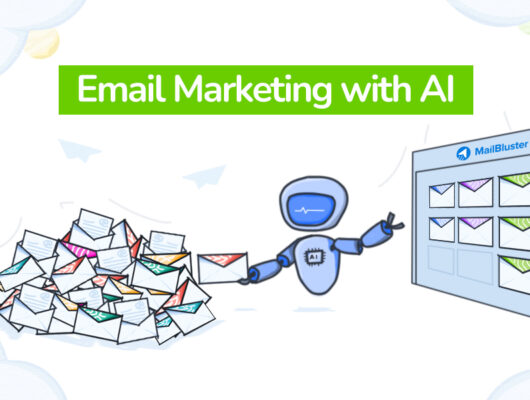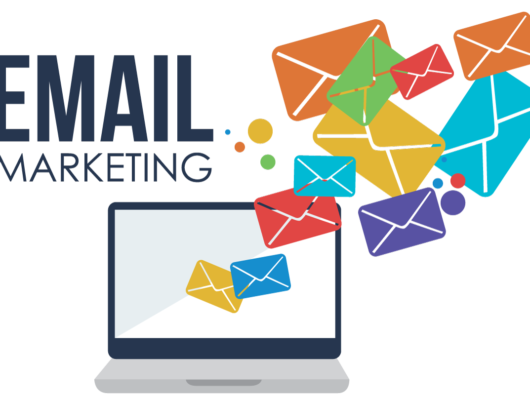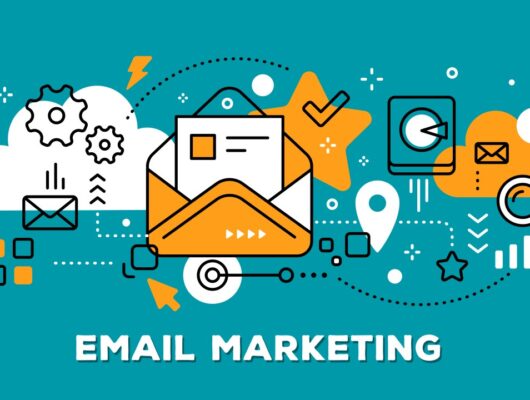Shopify is a leading e-commerce platform that empowers businesses to create and manage their online stores with ease.
While setting up a Shopify store is straightforward, driving traffic and sales requires strategic marketing.
In this article, we’ll explore actionable Shopify marketing tips to help you optimize your store, attract customers, and increase conversions.
Section 1: Optimize Your Shopify Store for Success
- Mobile-Friendly Design:
- Ensure your Shopify theme is responsive and offers a seamless mobile shopping experience.
- SEO Optimization:
- Use relevant keywords in product titles, meta descriptions, and URLs to improve your search rankings.
- Streamlined Navigation:
- Organize products into categories and subcategories, making it easy for customers to find what they need.
- Fast Loading Speed:
- Use tools like Google PageSpeed Insights to identify and fix performance issues.
Section 2: Leverage Shopify Apps for Marketing
- Email Marketing Apps:
- Use apps like Klaviyo or Mailchimp to automate and personalize email campaigns.
- Upselling and Cross-Selling Apps:
- Apps like Bold Upsell and Frequently Bought Together can help increase average order value.
- Loyalty and Rewards Programs:
- Install Smile.io to incentivize repeat purchases.
- Social Proof Apps:
- Add trust badges and showcase recent purchases with apps like Fera or TrustPulse.
Section 3: Social Media Marketing for Shopify Stores
- Instagram and Facebook Ads:
- Use Shopify’s Facebook integration to create and manage targeted ads directly from your dashboard.
- Shoppable Posts:
- Enable Instagram Shopping to let customers purchase products directly from your posts.
- TikTok Ads:
- Use TikTok’s Shopify integration to run short-form video ads targeting younger audiences.
- Engaging Content:
- Share product tutorials, behind-the-scenes videos, and customer stories to build a connection with your audience.
Section 4: Implement Email Marketing Strategies
- Welcome Emails:
- Send a personalized email to new subscribers offering a discount or incentive.
- Cart Abandonment Emails:
- Recover lost sales by reminding customers to complete their purchases.
- Product Launch Emails:
- Build excitement with teasers and launch announcements for new products.
- Holiday Campaigns:
- Plan email campaigns around key shopping seasons like Black Friday and Christmas.
Section 5: Run Google and Social Ads
- Google Shopping Ads:
- Sync your Shopify store with Google Merchant Center to display product ads in search results.
- Dynamic Remarketing:
- Retarget customers who visited your store but didn’t make a purchase using Google Ads or Facebook Pixel.
- Video Ads:
- Create engaging video ads showcasing your products and run them on YouTube or TikTok.
- Budget Optimization:
- Monitor ad performance and allocate budget toward high-converting campaigns.
Section 6: Content Marketing for Shopify Stores
- Start a Blog:
- Write articles related to your niche, such as “How to Style [Your Product]” or “Top 10 [Product Type] for [Audience].”
- Product Tutorials:
- Share detailed guides on how to use your products effectively.
- Customer Stories:
- Feature testimonials and success stories from satisfied customers.
- Video Marketing:
- Upload product demos, unboxing videos, or tutorials to platforms like YouTube.
Section 7: Offer Discounts and Promotions
- Seasonal Sales:
- Plan promotions around holidays like Valentine’s Day, Black Friday, and New Year’s.
- Buy-One-Get-One Offers:
- Encourage bulk purchases with BOGO deals.
- First-Time Buyer Discounts:
- Offer a welcome discount to new customers to encourage their first purchase.
- Referral Programs:
- Reward customers who refer friends to your store.
Section 8: Build Trust and Social Proof
- Display Reviews and Ratings:
- Use apps like Loox or Judge.me to collect and showcase customer reviews.
- Highlight Certifications:
- Add trust badges like “Secure Checkout” and “Money-Back Guarantee.”
- Use Testimonials:
- Share positive customer feedback on your homepage and product pages.
- Leverage User-Generated Content (UGC):
- Encourage customers to share photos of your products on social media.
Section 9: Partner with Influencers
- Micro-Influencers:
- Collaborate with influencers in your niche who have a highly engaged following.
- Affiliate Marketing:
- Use Shopify apps like Refersion to set up an affiliate program.
- Gifting Products:
- Send free products to influencers in exchange for honest reviews or features.
Section 10: Use Analytics to Refine Your Strategy
- Shopify Analytics:
- Track sales, traffic sources, and conversion rates using Shopify’s built-in analytics tools.
- Google Analytics:
- Integrate Google Analytics to gain deeper insights into customer behavior.
- A/B Testing:
- Experiment with different layouts, product images, or CTAs to optimize conversions.
- Customer Feedback:
- Collect feedback through surveys to identify areas for improvement.
Conclusion
Marketing your Shopify store effectively is key to building a thriving online business.
By optimizing your store, leveraging social media, and running targeted ad campaigns, you can attract more customers and drive sales.
Start implementing these strategies today and watch your Shopify store reach its full potential.







